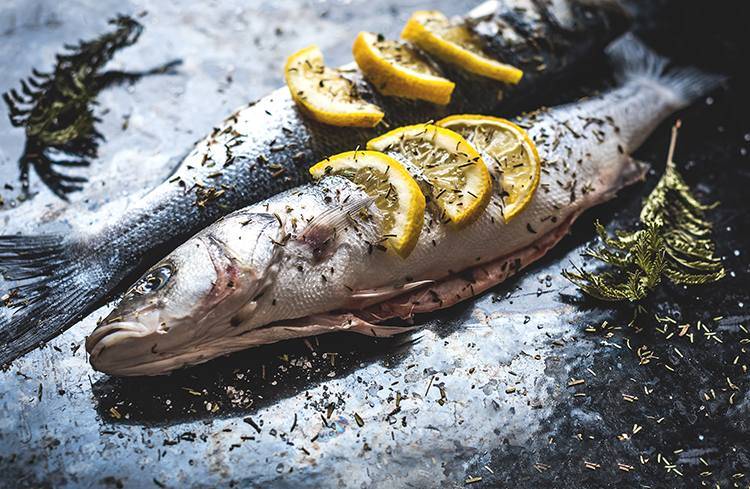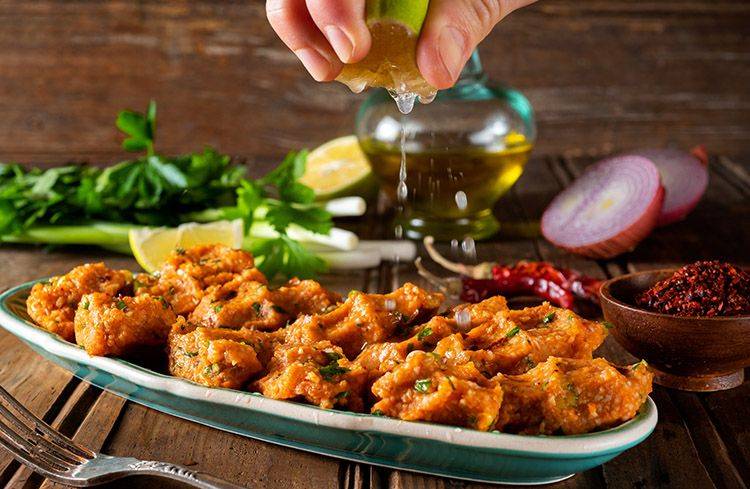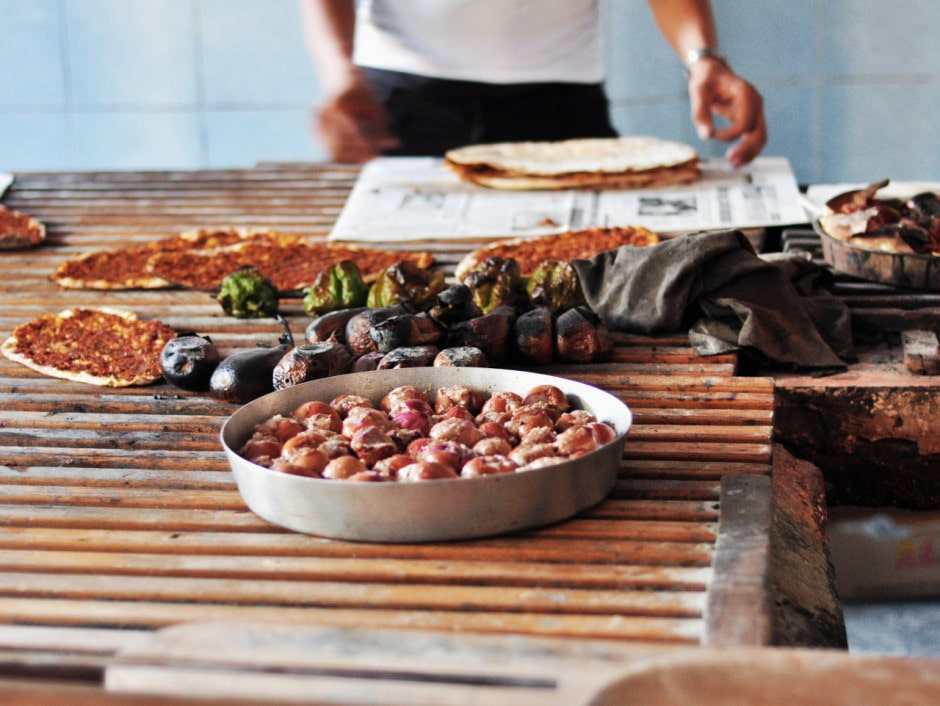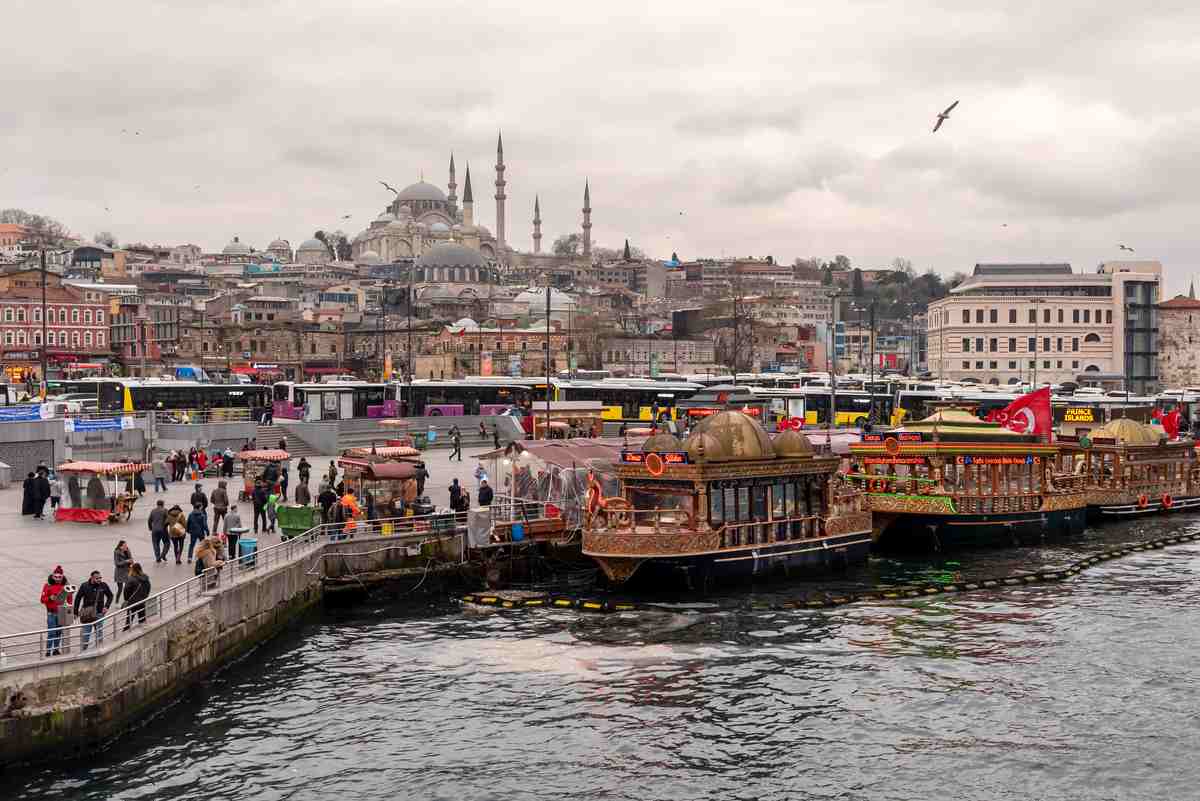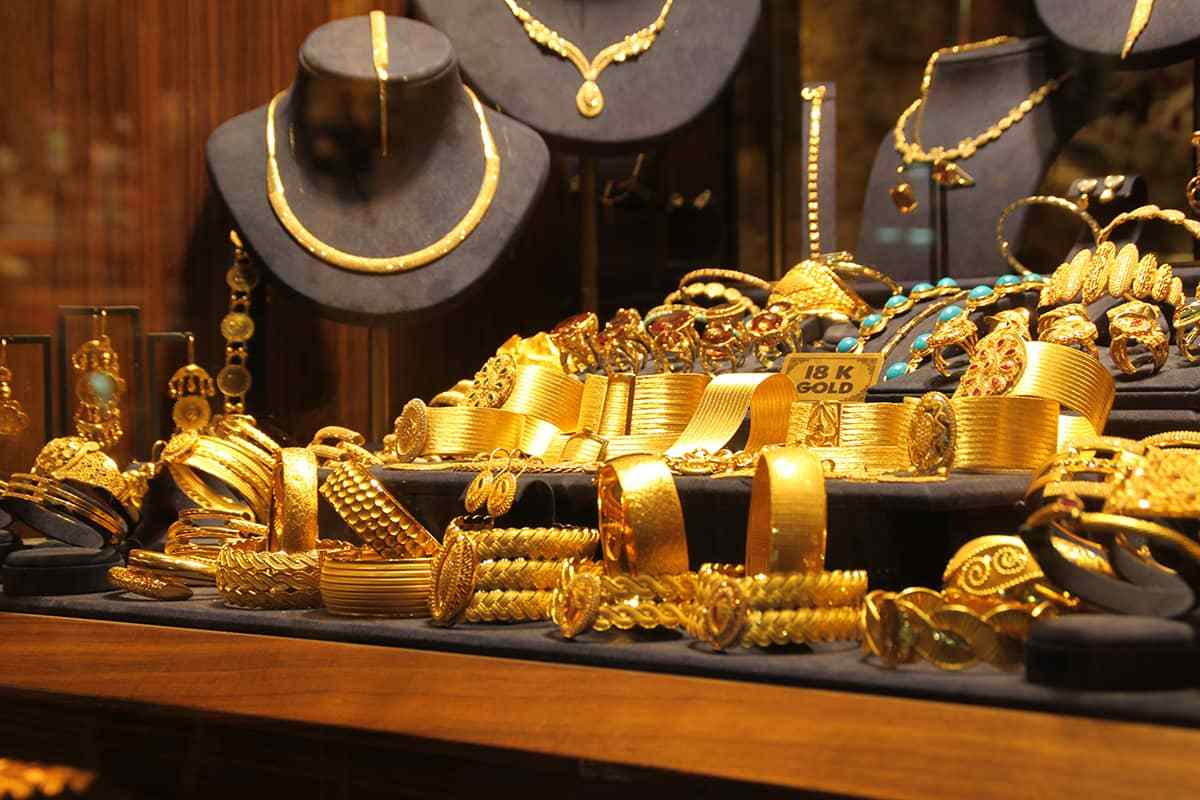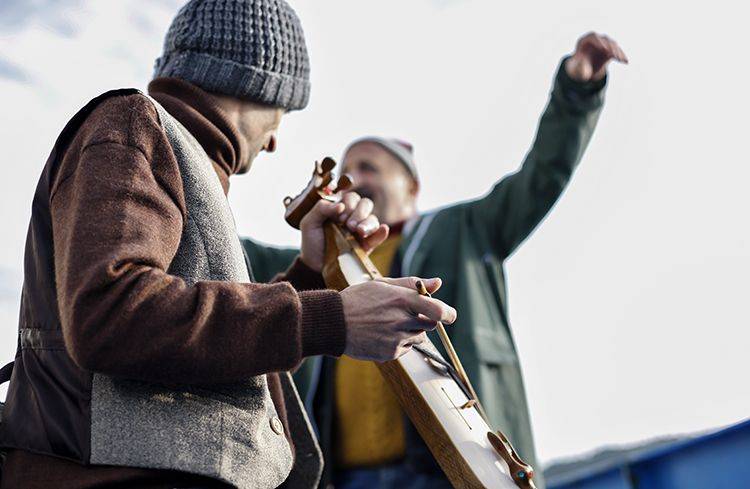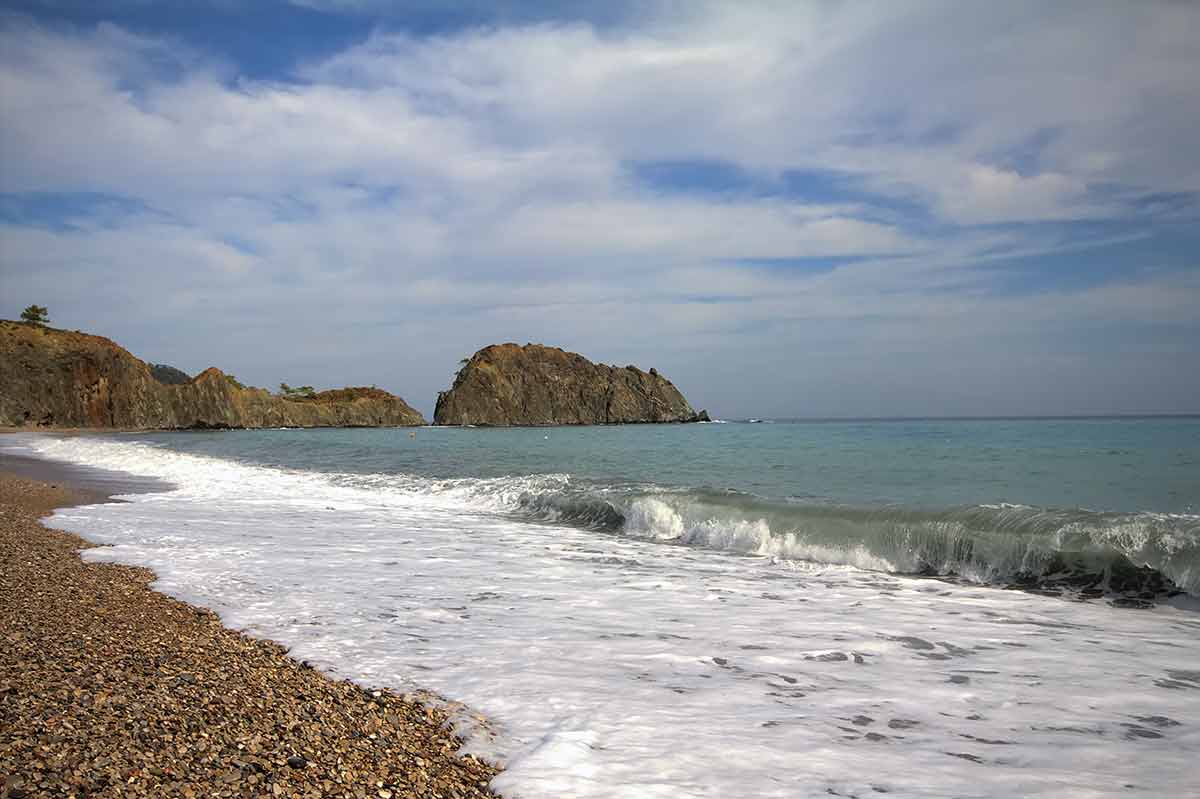- Kebab
The word “kebab,” which means “charcoal-grilled,” refers to various meals, including kestane kebab and roasted chestnuts that street sellers sell during the winter.
Depending on the location of origin, the more well-known meat dishes have a variety of flavours: the fiery Adana, the mellow Urfa, and the Antep sandwiched between thick slices of eggplant and a simple dürüm wrap in thin, dry lavaş bread. The best-known Iskander Kebab, created by Skender Efendi of Bursa in 1867, comprises butter, tomato sauce, and razor-thin slices of lamb. You must have a reason to apply for a turkey visa online now. Visit our website and apply for a turkey e-visa online.
- Simit
This cheap snack’s history dates to the 16th century. In the nearby village of Izmit, caravan travellers going to and from Istanbul would start stocking up on the bread rings; it gave this early instance of fast food its name. The sesame-crusted simit is now a popular street item and a breakfast favourite.
- Yogurt
Yogurt is a national favourite in Turkey, where more than two million tons are consumed annually. Its long history dated back to Central Asia and benefitted a nomadic culture. Today, it is finished straight or used as a soup and salad base, such as cacik. A refreshing, salty drink is the ayran.
- Kahvaltı
Even the most devoted night owl will become a morning person after having a Turkish meal. Traditional cuisine includes oven-fresh bread with honey and Turkish clotted cream (kaymak), preserves like rose & fig marmalade, sheep’s milk cheeses, tomatoes, and cucumbers drizzled with olive oil. However, each area has its unique specialities. Try the menemen, which consists of runny scrambled eggs cooked with onions, green peppers, and tomatoes, if you still have any room.
- Rose
Rosewater, a delicate, sweet scent long adored by Ottoman chefs but now only found in a few delicacies like güllaç, is frequently used to flavour lokum. Turkey is the most frequent supplier of Damascus roses, whose valuable oil is a vital component of perfumes. Its petals can also be soaked with apple vinegar and olive oil or used to make fantastic marmalade. Visit the village of Isparta, located north of Antalya, to see where roses are produced most frequently in Turkey.
- Baklava
Actually, from Central Asia, this dessert made its way throughout the Ottoman world. After some time, it reached Europe, where the Viennese turned it into excellent quality. The city of Gaziantep is currently the undisputed baklava capital. The delectable stacks of delicate filo pastry, bathed in milky honey, and topped with pistachio nuts, are a work of art.
- Nuts and fruit
Since Turkey produces 75% of the world’s hazelnut crop, the tub of Nutella on your breakfast table most likely began its life in an orchard in the Black Sea districts of Giresun or Ordu. According to the UN Food & Agriculture Organization, it is also one of the top five producers of a wide range of other delectables, including figs, cherries, strawberries, peaches, melons, watermelons, mandarin oranges, apples, chestnuts, walnuts, pistachios, olives, lentils, chickpeas, green beans, peppers, tomatoes, cucumbers, eggplant, beetroots, and honey. Dig in!
- Turşu
Turkish people will pickle almost everything. All of them are immersed in sour vinegar, including eggplants, tomatoes, cabbage, and plums, and there have even been tales of pinecones. The bright displays in these traditional turşucu shops are almost too pretty to eat, so these sweets are then preserved and placed on the shelves. Almost.
- Maraş Dondurma
You’ve never tasted ice cream like Turkish ice cream. First, it tastes unmistakably smoky, like natural mastic, and second, it has a much chewier texture than its soft Italian relative. Salep, a chilled delight prepared from the Orchis mascula root that gives it its thickness, has become so well-liked that experts have warned that it might put this rare orchid in danger.
When purchasing a cone of maraş dondurma from a seller wearing traditional Maraş attire, a must-see magic show is almost always included. Just watch.
- Mantı
Almost every nation, from Poland to Japan, has its form of steamed dough-wrapped meat. Italians refer to it as ravioli, Georgians eat khinkali, and Turks eat manti. The dumplings in this recipe are topped with melted butter, minced herbs, and chilli flakes and served with dollops of fresh, sour yoghurt. As delicious as it sounds.
- Dolma and Sarma
Rice and meat are stuffed inside hollowed-out peppers, tomatoes, zucchini, or dried eggplants in Turkish dolma, then slowly cooked.
The same ingredients are what Sarma sees wrapped in vine or cabbage leaves. Both are standard for almost all parties.
- Kuru fasulye
There are fans of this simple dish of creamy blond beans cooked in tomato gravy, and among the thousands of beaneries scattered across the nation, their delicate palates can tell which usta (master) made it.
- Kestane şekeri
Sugared chestnuts, or kestane şekeri, are just one of the many candied fruits, vegetables, and nuts with shells you’ll find here. Turks have lovely teeth. The history of Kestane şekeri dates back to the 1300s and Bursa, the old Ottoman capital.
- Tavuk göğsü
The signature dish of the Ottoman Empire is chicken breast pudding or tavuk gösü. This strange-sounding combination of milk, sugar and cinnamon-dusted boiling chicken is quite tasty. The variant that has been caramelised, known as kazandibi, is shown above.
- Turkish delight (and Turkish coffee)
These delicate jelly cubes are known in Turkey as lokum, an Arabic word for “morsels.” The handful offers sweets in beautiful boxes with a fantastic array of flavours, shapes, and colours. They are also sprinkled with coconut or icing sugar.
They are typically offered Turkish coffee at the end of a meal. We couldn’t end this list without discussing coffee while we’re on the topic (kahve). Since its inception in the 16th century in the imperial city of Istanbul, coffee has become a mainstay of life there, giving the word “before coffee” and even the colour brown to describe morning (kahverengi).
Turkish coffee is a preparation technique rather than a flavour, and it takes a highly trained barista to maintain the brew to the degree that will cook each cup with a head of foam and acceptable grounds at the bottom. An excellent Turkish host will turn your cup upside down after you’re finished and scan the surroundings to determine your future.
Turkey has rich history and culture and the best upscale dining options. Ultimately, you can apply for a turkey e-visa online.
